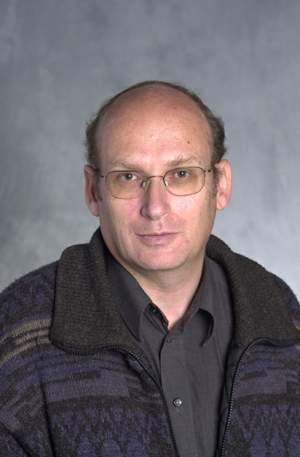Abstract: Recent experimental measurements of the transition path time distributions of proteins moving from the folded to the unfolded state and vice versa, presented the theory with challenges. Analysis of the results suggested barrier heights that are much lower than the free energies of activation of the observed transitions, what are these barrier heights? Secondly, beyond the mere feat of following a protein as it folds or unfolds, is there anything really useful that we can actually learn from such experiments? These questions lead to a few insights. One is the paradigm of a transition path barrier height which should be smaller than the activation energy, resolving partially the low barrier height puzzle [1]. A second one is an observation that when analyzed correctly, the measured distributions reveal long-time tails which may be identified with a long-lived intermediate, between the folded and unfolded states [2].
Struggling with the concept of transition path times distributions for proteins naturally led to the question of what is the quantum analog and what can we learn from the same in the quantum mechanical context. This presented us with the challenge of understanding quantum mechanical transition times, and more specifically the time scale of quantum tunneling, a question of some practical interest in view of attosecond experiments on ionization of the He and H atoms as well as the so-called Larmor tunneling times of Rb atoms. The highlights of these studies are a. Theoretical resolution of the tunneling flight as the well-known Wigner phase time [3]; b. Verification that the tunneling flight time may be superluminal, even when considering Dirac electrons (in one spatial dimension) [4]; Understanding that this superluminal property does not contradict special relativity, in the sense that it does not lead to superluminal signal transmission [4]. Our recent study of electronic transition path time distributions will be presented, demonstrating resonance scattering and the inability of the fewest switches surface hopping algorithm to correctly account for such quantum mechanical phenomena [5]. Finally, transition path time distributions will be presented for fermions, bosons, and distinguishable particles [6].
References:
[1] E. Pollak, The transition path time distribution and the transition path free energy barrier, Phys. Chem. Chem. Phys. 18, 28872 – 28882 (2016). DOI: 10.1039/C6CP05052B
[2] R. Dutta and E. Pollak, What can we learn from transition path time distributions for protein folding and unfolding?, Phys. Chem. Chem. Phys.23, 23787-23795 (2021). DOI: 10.1039/D1CP03296H
[3] T. Rivlin, E. Pollak, and R. S. Dumont, Determination of the tunneling flight time as the reflected phase time, Phys. Rev. A 103, 012225 (2021).
[4] R.S. Dumont, T. Rivlin, and E. Pollak, The relativistic tunneling flight time may be superluminal, but it does not imply superluminal signaling, New J. Phys. 22, 093060 (2020).
[5] X. He, B. Wu, J. Liu, T. Rivlin, and E. Pollak, Transition path flight times and nonadiabatic electronic transitions, preprint, to be published.
[6] R. Ianconescu and E. Pollak, A comparison of transition path flight times for fermions, bosons and distinguishable particles, preprint, to be published.
Speaker:
Institution:
Location:

